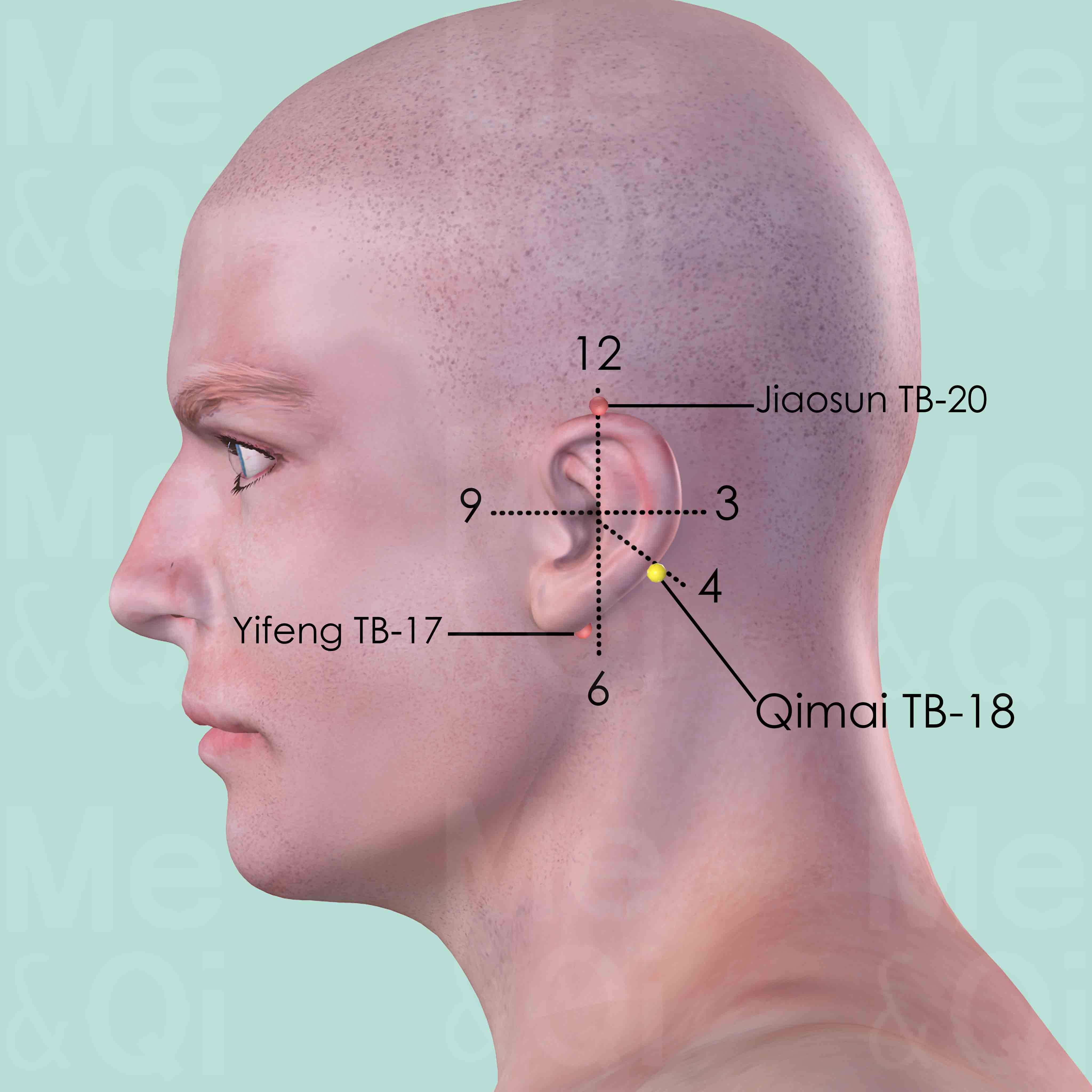Eye Dischargeaccording to TCM
Symptom family: Eye Disorders and Symptoms
What is Eye Discharge?
Eye discharge, often referred to as eye mucus, eye secretions, or ocular discharge, is a common ocular symptom. It involves the production of a substance that can range from a clear, watery fluid to a thicker, more pus-like consistency.
Eye discharge is a normal part of the eye's defense system, helping to remove waste and potentially harmful debris. However, excessive or persistent discharge, particularly if accompanied by other symptoms like redness, itching, or pain, may indicate an underlying eye condition that requires medical attention.
How does TCM view Eye Discharge?
Traditional Chinese Medicine (TCM) approaches eye discharge from a holistic perspective, significantly different from Western medicine. TCM interprets this symptom as an indication of imbalances in the body's Qi (vital energy) and Yin-Yang harmony.
According to TCM, eye discharge can result from various patterns of disharmony, such as Wind-Heat in the Liver channel or Dampness affecting the eyes. Identifying and treating these underlying imbalances is crucial in TCM, as it aims to restore the body's natural balance and address the root cause of the symptom.
Acupoints for Eye Discharge
In TCM, acupuncture is a key modality for treating symptoms like eye discharge. Specific acupoints are targeted to harmonize imbalances and alleviate symptoms. One such acupoint is Qimai TB-18, located in the Triple Burner Channel. This point, found in the center of the mastoid process, is known for its actions in benefiting the ears and expelling Wind.
Stimulating Qimai TB-18 can be particularly effective in treating conditions related to Wind, which in TCM is often associated with symptoms affecting the head, including the eyes. The use of such acupoints in TCM reflects the intricate understanding of the body's energy pathways and their role in overall health and well-being.
See more details below about Qimai TB-18, an acupoint used to address eye discharge.
- By Meridian
- Triple Burner Channel

Qimai TB-18
In the center of the mastoid process, at the junction of the middle and lower third of the curve formed by Yifeng TB-17 and Jiaosun TB-20 posterior to the helix.
